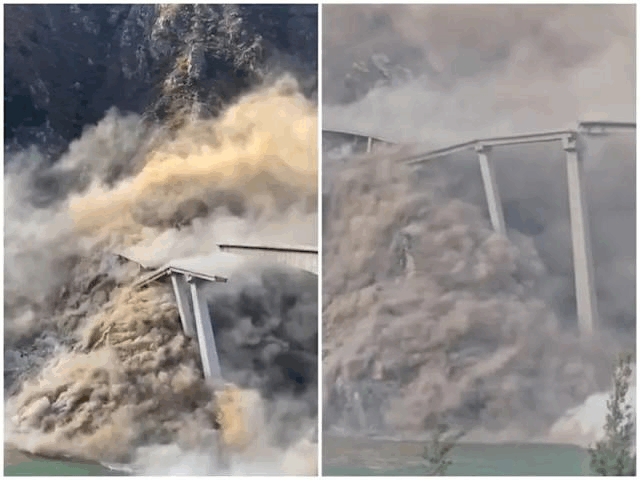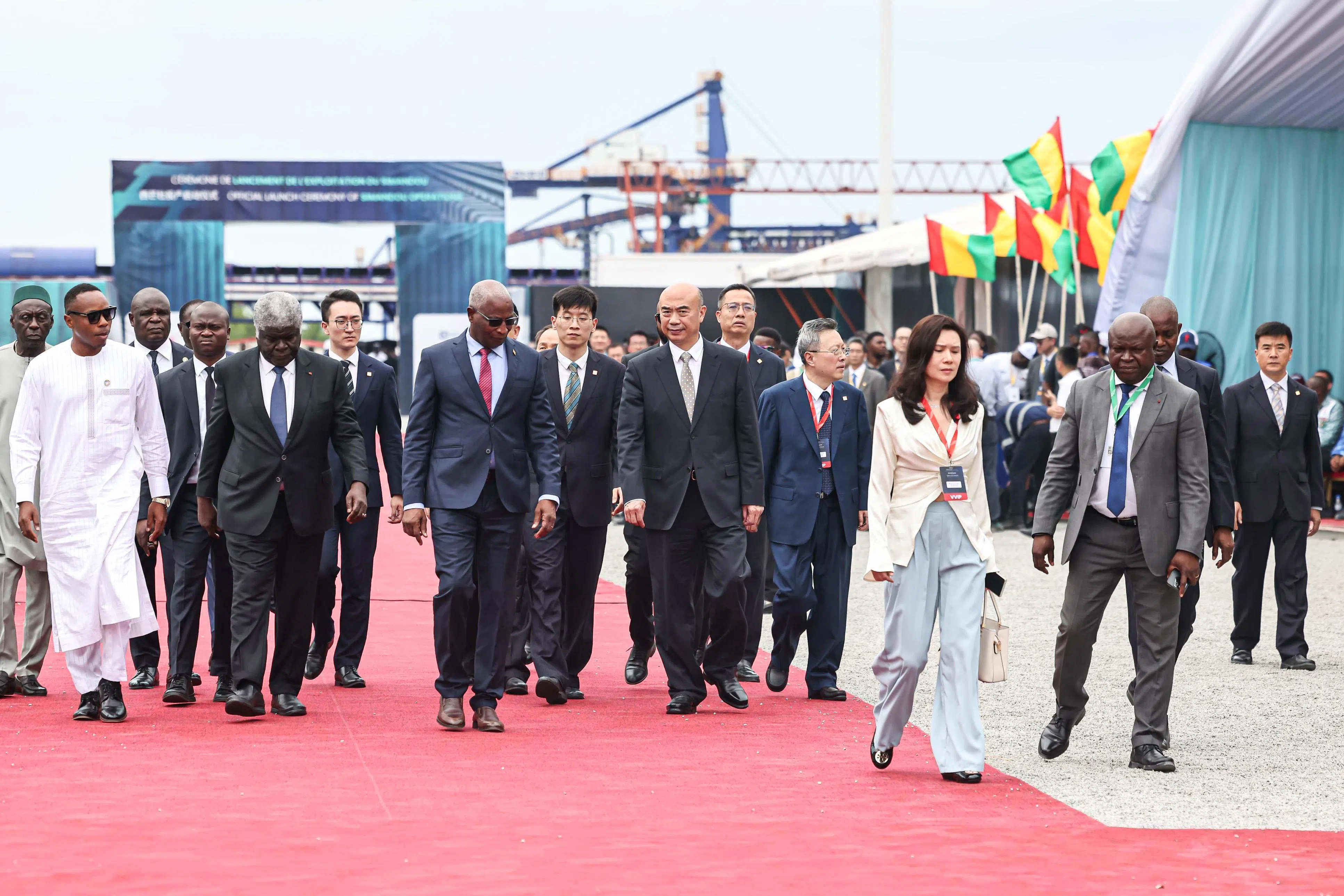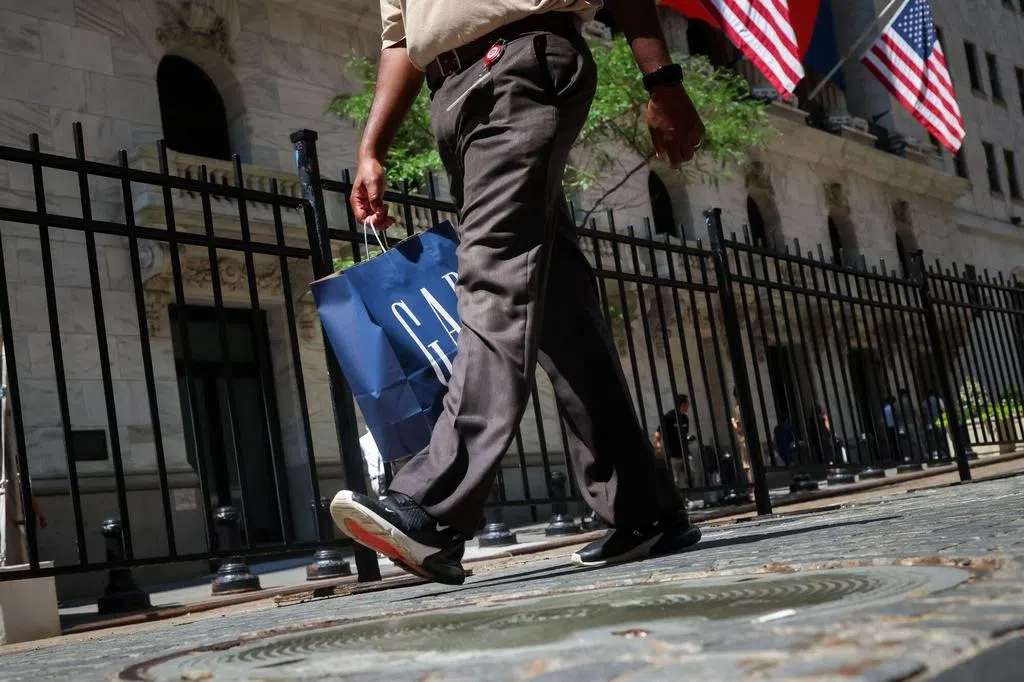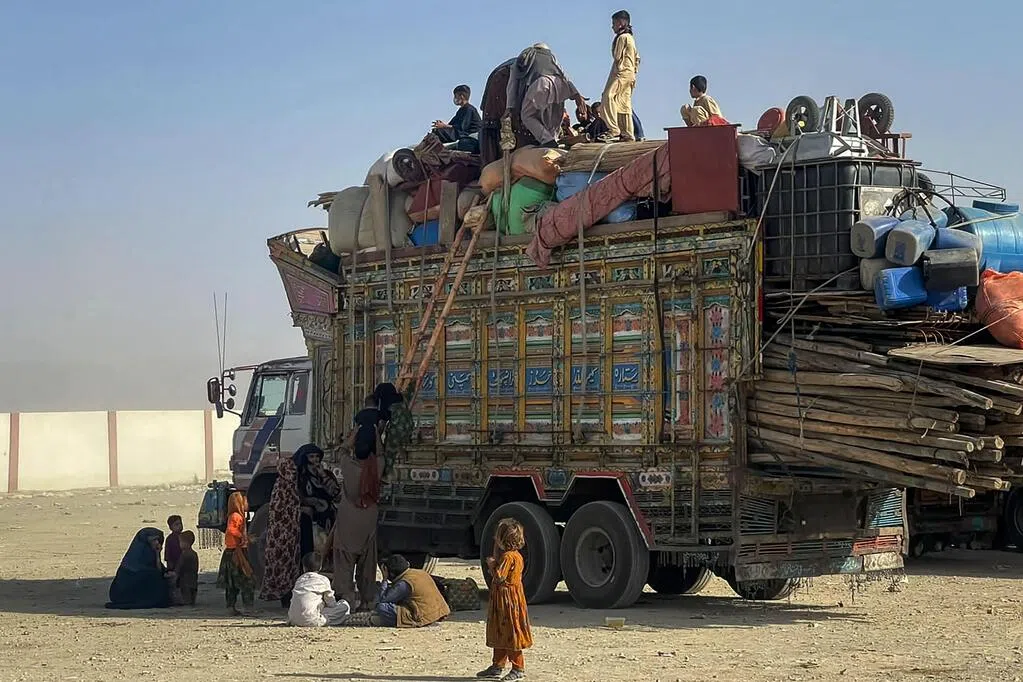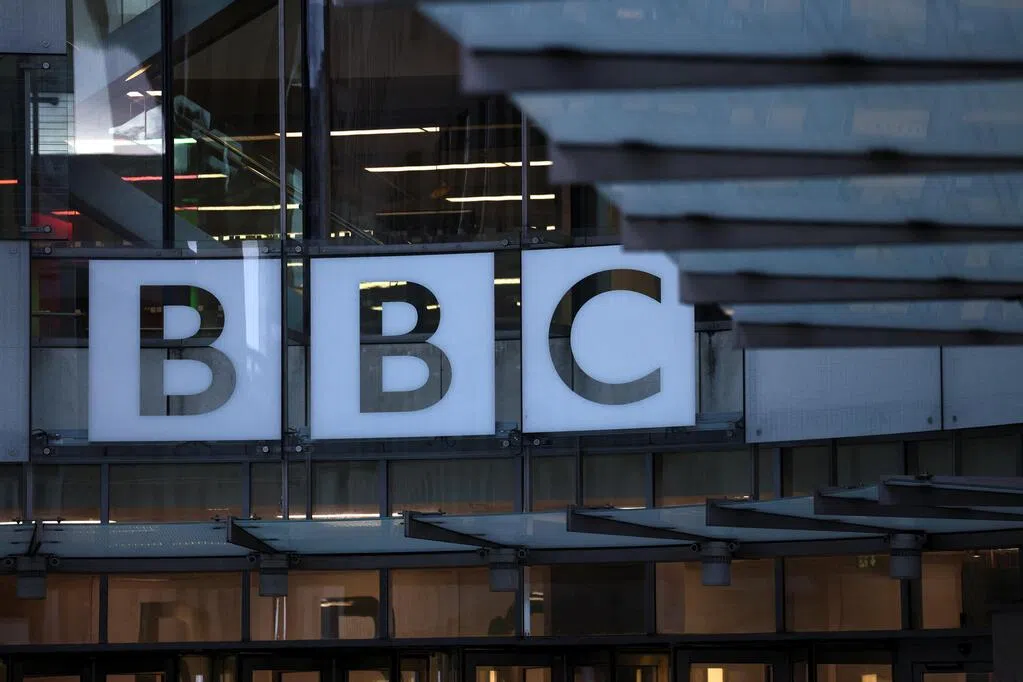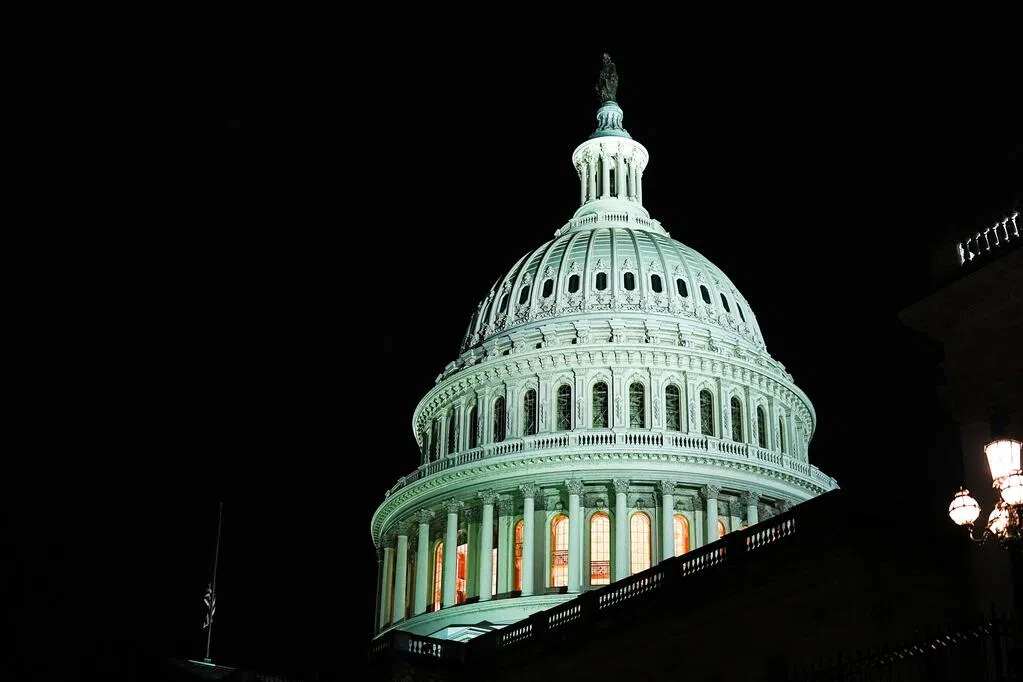The newly built Hongqi Bridge, located in Maerkang City (Sichuan Province) in southwestern China, was completed and opened to traffic earlier in 2025. However, several months after its opening, a section of the bridge suddenly collapsed on Tuesday afternoon, November 11.
The bridge is a vital national highway, a crucial transportation hub connecting inland China with the Tibetan region.
The bridge is approximately 2,500 feet long and was reported to have experienced structural instability.
As of now, official reports indicate no casualties.
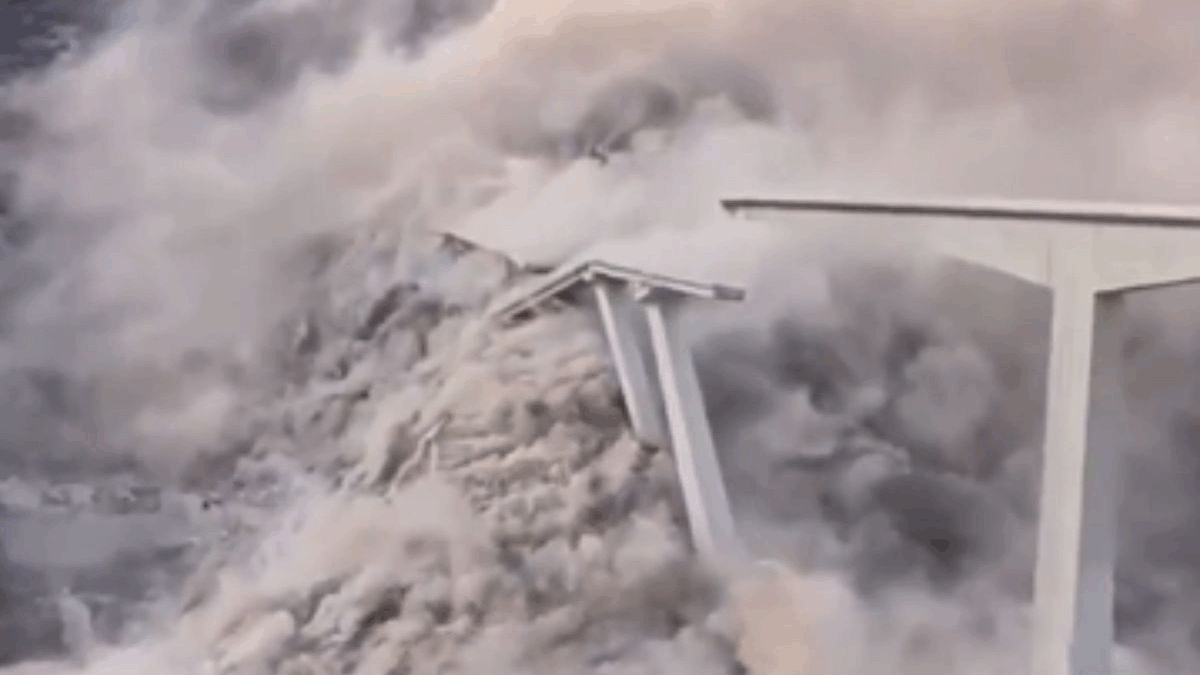
I. Incident Summary
Local authorities stated that there were warning signs in the mountainside and bridgehead area before the collapse. For example, on Monday morning (November 10/11), cracks in the slope, road surface deformation, and signs of landslides were observed, leading to the bridge's closure to traffic on Monday afternoon.
On Tuesday afternoon, instability in the mountainside worsened, triggering a landslide/geological instability that caused the collapse of the bridge's approach section and roadbed structure.
Videos circulating on social media and video websites show cracks appearing on the cliff or slope, followed by large chunks of rock/soil rolling down and impacting the bridge structure, causing piers to tilt and parts of the bridge deck to fall into the river.
II. Geographical and Engineering Background
The Hongqi Bridge is located in Aba Tibetan and Qiang Autonomous Prefecture, Sichuan Province. The slope on which the bridge is situated has complex geology and is at risk of landslides/landslides.
The project was constructed by Sichuan Road & Bridge Group, which stated on its social media that the bridge was "completed earlier this year."
This bridge is part of a national highway in China, designed to strengthen transportation links between Sichuan and Tibet.
An investigation has been launched: Relevant departments are conducting investigations into the cause of the bridge collapse, including technical, geological, and engineering quality aspects. Whether there were design or construction defects has not yet been publicly confirmed.